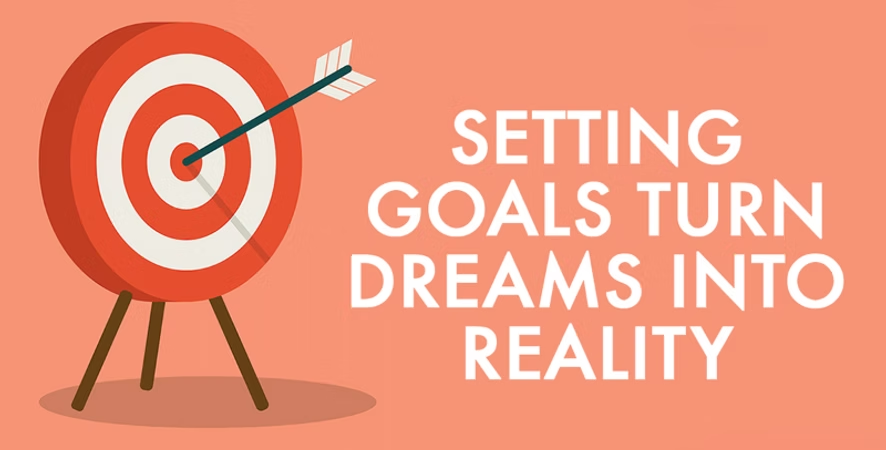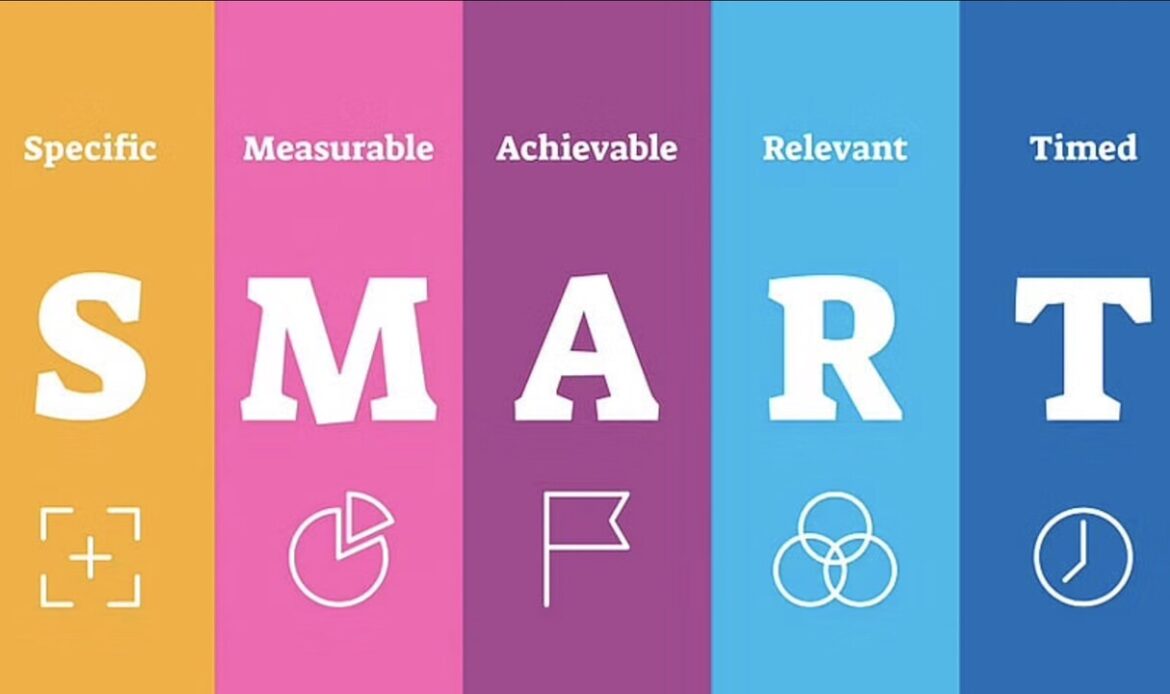
The beginning of a new year is like standing at the edge of an untouched canvas. It’s an exciting opportunity to imagine, plan, and paint the year you want—basically,setting goals. But let’s be honest—how often do those big, bold resolutions we make in January fade away by March? You know the ones: “I’ll hit the gym every day,” “I’ll finally save up for that dream vacation,” or “I’ll learn a new skill.” For many of us, resolutions feel like hopeful promises we can’t seem to keep.
But what if this year could be different? What if you could set goals that stick instead of making resolutions that fizzle out? Goals that align with who you are, what you truly want, and how you can realistically achieve them? This guide is here to help you do just that. Whether you’re aiming to advance your career, build better habits, or start a new passion project, the strategies outlined here will ensure your goals are more than just wishes—they’ll be your stepping stones to success.
Goal setting is a skill, not a magic wand. And like any skill, it takes the right knowledge, tools, and a little bit of practice to get it right. But don’t worry; we’re not diving into complex theories or overwhelming jargon. This guide is all about practical steps and relatable advice tailored just for you.
Let’s explore how you can make 2025 the year your goals don’t just exist on paper—they come to life.
Read: How To Recover from the Financial Hangover of December Spending
The Basics of Goal Setting

Before diving into the how, let’s understand the why and the what. Why do so many people fail to achieve their resolutions, and what makes a goal different from a fleeting wish?
A goal is more than just a desire. It’s a clear, actionable, and time-bound target you set for yourself. The issue with many New Year’s resolutions is that they’re vague and overly ambitious. Saying, “I want to save money,” is a desire. Turning it into a goal means specifying how much money you want to save, by when, and the steps you’ll take to make it happen.
Another fundamental aspect of goal setting is understanding your “why.” Goals that stick are anchored in purpose. For example, wanting to lose weight simply because others are doing it is less likely to motivate you than wanting to lose weight so you can feel healthier, have more energy, or manage a medical condition. Purpose provides clarity, and clarity fuels action.
Finally, there’s the reality of effort. Achieving meaningful goals isn’t a straight path; it’s a winding road filled with challenges. But that’s okay. Once you’re armed with the right strategies and tools, even the most daunting goals become manageable.
Step-by-Step Process for Setting Goals That Stick
Step 1: Reflect on the Past Year

Before setting new goals, take time to reflect on the previous year. What worked? What didn’t? What lessons did you learn? Reflection gives you valuable insights into your habits, strengths, and areas for improvement. For instance, if you struggled to save money last year, was it due to a lack of budgeting or unexpected expenses? Understanding the root of your challenges helps you create more realistic goals.
Step 2: Choose Goals That Align with Your Values
Not all goals are created equal. The ones that truly matter to you are the ones you’re most likely to achieve. Ask yourself: what’s important to me? Family? Career growth? Health? You’re giving them a deeper sense of purpose by aligning your goals with your values. If career growth is your priority, a goal could be to attend two industry events this year or to complete an online certification.
Step 3: Break Down Your Goals into Smaller Milestones
Big goals can feel overwhelming, but breaking them down makes them more manageable. For example, if your goal is to save ₦500,000 by December, divide it into monthly targets of ₦41,666.67. Then, identify specific actions like cutting back on non-essential spending or setting up an automated savings plan.
Read: Planning and Prioritization for the New Year
Step 4: Use the SMART Framework

SMART stands for Specific, Measurable, Achievable, Relevant, and Time-bound. It’s a proven method for setting clear and realistic goals. Instead of saying, “I want to get fit,” a SMART goal would be, “I will jog for 30 minutes three times a week for the next three months to improve my fitness.” The specificity and timeline make it easier to track progress.
Step 5: Stay Accountable and Flexible
Accountability is a game-changer. Share your goals with a trusted friend, family member, or mentor who can check in on your progress. But also remember to stay flexible. Life happens; sometimes, you may need to adjust your goals or timelines. That’s okay—it’s better to adapt than to give up entirely.
Tools to Help You Succeed
Success isn’t just about effort; it’s also about using the right tools. A good planner or goal-tracking app can keep you organized and motivated. Apps like Trello or Asana can help you break down tasks while habit-tracking apps like Habitica gamify the process. Budgeting tools like PiggyVest or Cowrywise are invaluable for financial goals. And don’t underestimate the power of a simple journal for reflection and planning.
Read: A Reflective Look at 2024 and a Hopeful Step into 2025
Expert Tips & Best Practices
The best strategies often come from experience. One key tip is to celebrate small wins. Every time you hit a milestone, reward yourself. It keeps the journey exciting and reinforces positive habits. Another is to review your goals regularly. Set aside time each month to evaluate your progress, make adjustments, and reignite your motivation.

Goal setting isn’t just about writing down what you want; it’s about creating a roadmap to get there. As you step into 2025, take the time to set goals that are clear, meaningful, and actionable. This year can be the one where your resolutions don’t just stay in your head—they become your reality. So, what’s your first step? Let’s make it happen together.
